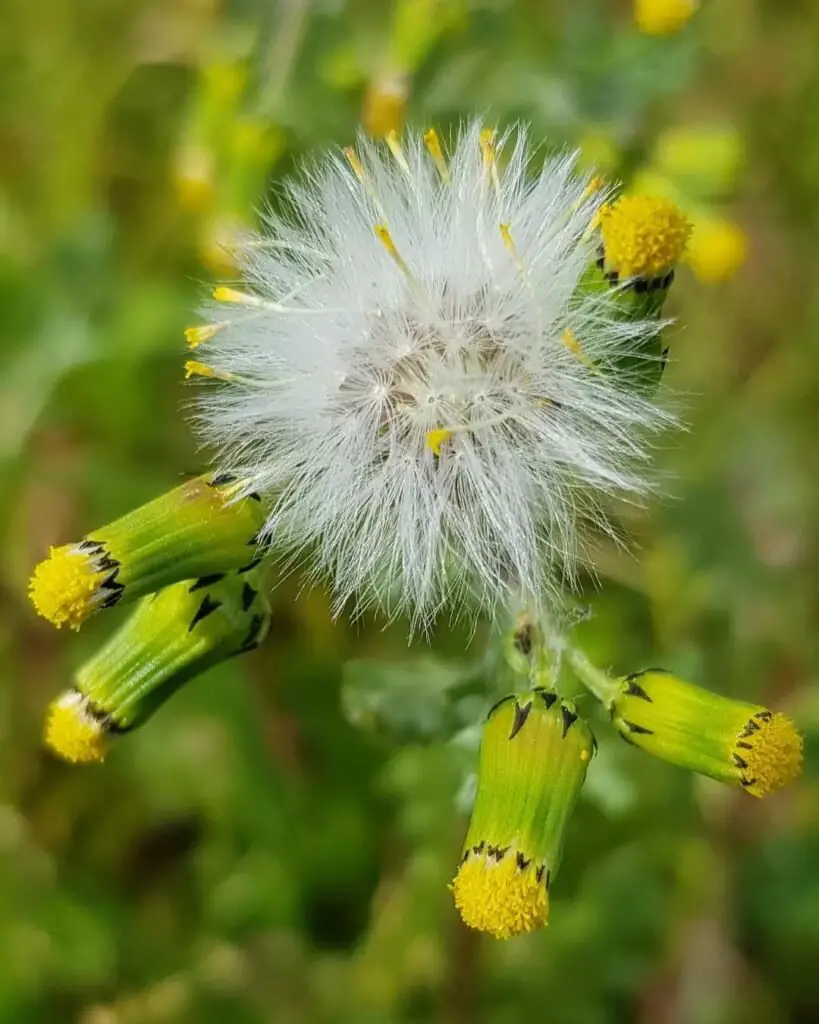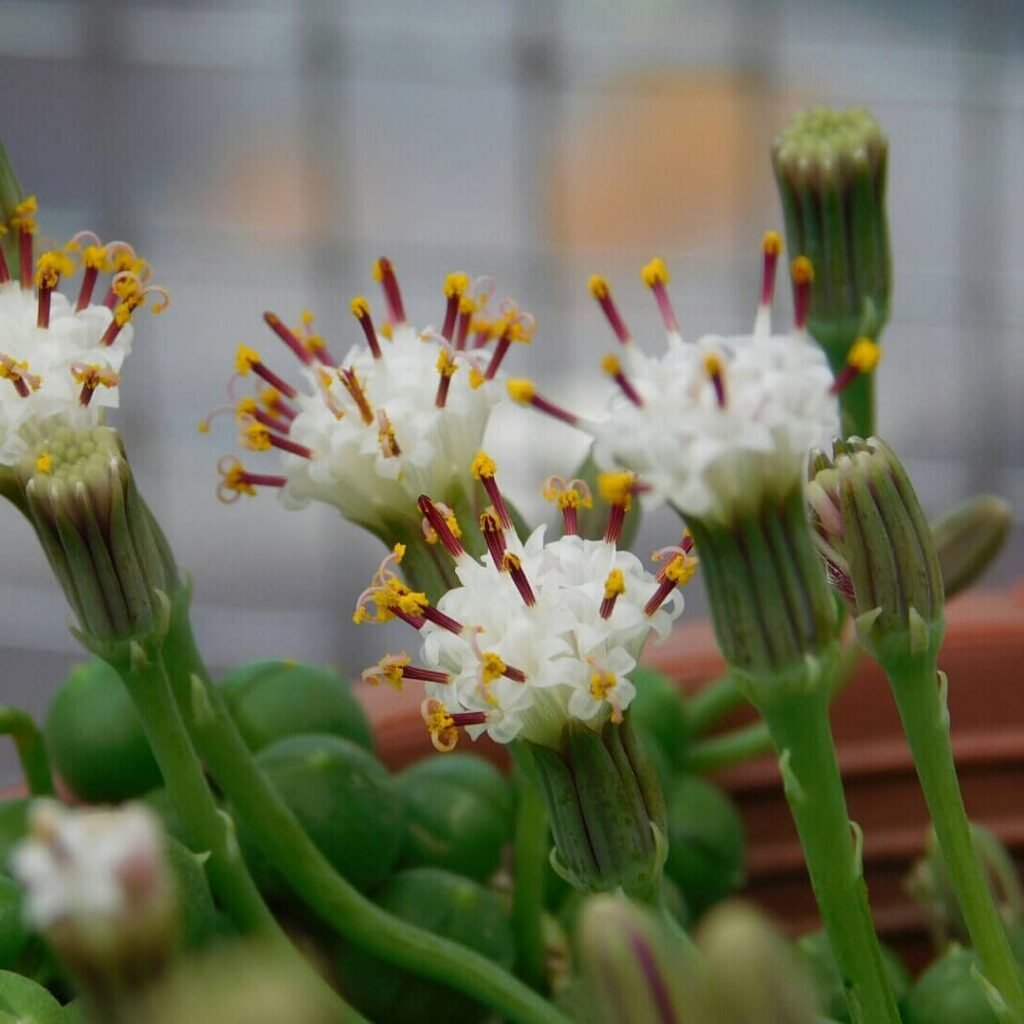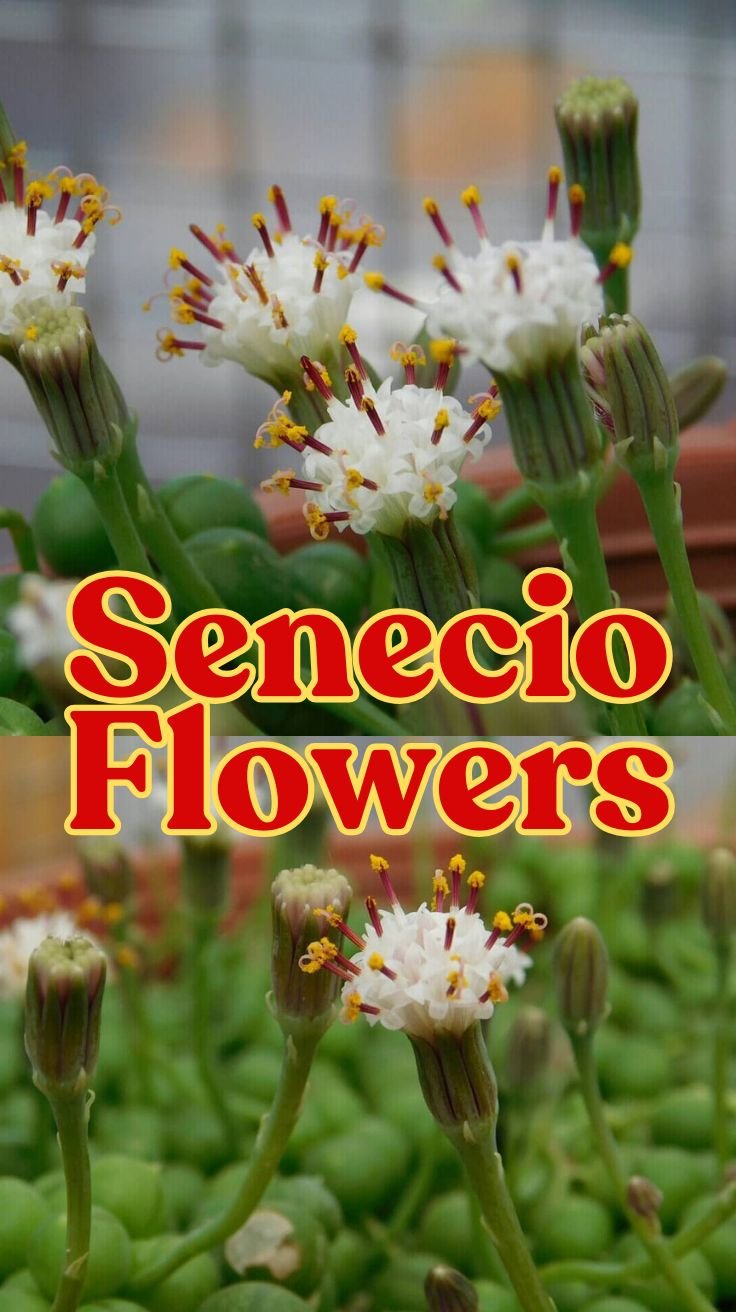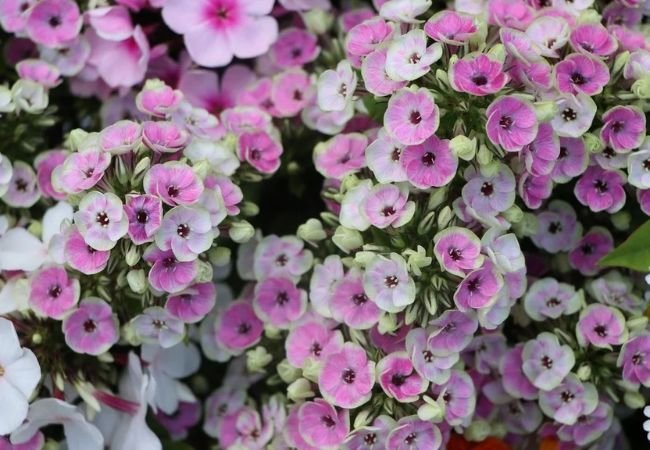Explore Senecio flowers with Ashley Scott’s expert tips! Learn about species, care, and how to get vibrant blooms—all from a 10-year gardening pro.

Hi there! I’m Ashley Scott, and I’ve been digging into gardening for over 10 years now. My journey has taken me through all sorts of plants, but Senecio flowers hold a special place in my heart. I still remember the first time I spotted a Senecio rowleyanus, or String of Pearls, cascading over a pot at my local nursery in the USA—it was love at first sight! Those little green beads and their tiny, cinnamon-scented flowers hooked me right away. Since then, I’ve grown tons of Senecio plants, from succulents to perennials, and I’m excited to share everything I’ve learned with you.
In this guide, we’ll dive into what Senecio flowers are, their standout features, some popular species, how to care for them, and tips to get those blooms popping. Whether you’re a newbie or a seasoned gardener, I’ve got you covered with practical advice and a few stories from my own backyard. Let’s get started!
Here’s an information chart for Senecio plants:
| Category | Information |
|---|---|
| Botanical Name | Senecio spp. |
| Common Name | Senecio |
| Plant Type | Herbaceous perennial, succulent, or shrub |
| Hardiness Zone | Zones 9-11 for most species; some hardy to Zone 7 |
| Sun Exposure | Full sun to part shade |
| Soil Type | Well-draining, sandy or rocky |
| Watering | Low to moderate |
| Growth Habit | Varied: trailing, upright or bushy |
| Height/Spread | Varies widely by species; from a few inches to several feet in height and spread |
| Special Features | Drought tolerant, often with silver-gray foliage, some species have colorful flowers |
What Are Senecio Plants?

Senecio flowers come from a massive genus called Senecio, part of the Senecio family, officially known as Asteraceae—the daisy family. With over 1,000 species, these plants are all over the map: some are annuals, some perennials, and others are Senecio succulent types that thrive in dry conditions. What ties them together? Most have those classic daisy-like flowers—a central disk surrounded by ray florets—in colors like yellow, orange, pink, purple, or white.
I’ve grown a bunch of these over the years, and their variety keeps things exciting. Whether it’s the trailing Senecio rowleyanus flowers or the bold Senecio orange flowers of Senecio cephalophorus, there’s something for every garden or windowsill.
Characteristics of Senecio Flowers

Here’s a quick rundown of what makes Senecio flowers special:
- Botanical Family: Asteraceae (daisy family)
- Flower Type: Daisy-like, with a central disk and radiating petals
- Flower Colors: Yellow, orange, pink, purple, white—depends on the species!
- Foliage: Super diverse—succulent leaves, woolly textures, or fine and feathery
- Growth Habit: Annuals, perennials, succulents, shrubs—you name it
- Blooming Season: Varies; some like spring, others summer or fall
One cool thing I’ve noticed? The Senecio flower meaning often ties to resilience—many of these plants tough it out in tricky conditions, which I’ve seen firsthand in my own garden.
Popular Senecio Species

There’s a Senecio plant for everyone! Here are some of my favorites, with details on their looks and blooms:
- Senecio rowleyanus (String of Pearls): A succulent with long, trailing stems and bead-like leaves. The Senecio rowleyanus flowers are small, white, and smell like cinnamon. It’s a stunner in hanging baskets, stretching up to 2-3 feet.
Check out my succulent care tips
- Senecio stapeliiformis (Pickle Plant): This quirky succulent has upright, pickle-shaped stems and clusters of Senecio stapeliiformis flowers in yellow. It tops out at about 12 inches.
- Senecio cephalophorus (Orange Flame): Known for its vibrant Senecio cephalophorus flower in orange or red, this one grows to 18 inches and loves sunny spots.
- Senecio aureus (Golden Ragwort): A perennial with Senecio yellow flowers that shine like gold. It hits 2 feet tall and thrives in partial shade.
- Senecio mandraliscae (Blue Chalksticks): Blue-gray leaves make this succulent pop, topped with small Senecio mandraliscae flowers in yellow. It’s drought-tolerant and grows to 18 inches.
- Senecio radicans (String of Bananas): Similar to String of Pearls but with banana-shaped leaves, it has tiny Senecio radicans flowers in white.
- Senecio serpens (Blue Chalksticks): Another blue beauty, with Senecio serpens flowers in white. It’s low-growing, up to 12 inches, and great as ground cover.
- Senecio scaposus (Woolly Senecio): Fuzzy leaves and Senecio scaposus flower in yellow—this one’s a 12-inch charmer in full sun.
- Senecio crassissimus (Vertical Leaf Senecio): Thick, upright leaves and Senecio crassissimus flower in purple—perfect for adding structure at about 2 feet tall.
- Senecio angel wings: Known for its soft, silvery leaves, it rarely flowers, but when it does, expect small Senecio angel wings flowers in yellow.
Caring for Senecio Flowers
Caring for Senecio flowering plants depends on the type, but here’s what works for most:
- Light: Bright, indirect light is key. Succulent types like Senecio rowleyanus can take some direct sun—just watch for burns.
- Soil: Well-draining soil is a must. I use a cactus mix for my succulents.
- Watering: Water when the soil’s dry. For succulents, let it dry out completely—I learned this the hard way after drowning a String of Pearls!
- Fertilization: A balanced fertilizer in spring and summer keeps them happy.
- Temperature: They like 60-80°F (15-27°C). Protect succulents from frost.
- Humidity: Low to moderate works best—good airflow helps too.
My Care Tips
- Succulents: Think Senecio succulent types like Blue Chalksticks—less water, more sun.
- Non-Succulents: Senecio aureus prefers moist soil and shade.
One time, I overwatered my Senecio stapeliiformis, and its stems went mushy. Now, I stick to a strict “dry-then-water” rule, and it’s thriving!
When Does Senecio Flower?
Wondering when does Senecio flower? It varies:
- Spring: Senecio rowleyanus and Senecio radicans often bloom then.
- Summer: Senecio cephalophorus and Senecio stapeliiformis shine.
- Fall: Senecio aureus can surprise you with late blooms.
Light and care play a big role, so keep that in mind!
Encouraging Flowering in Senecio Plants
Want more Senecio flowers? Here’s how I coax them out:
- Light: More brightness equals more blooms. I moved my String of Pearls closer to a window, and bam—flowers!
- Fertilizer: A balanced mix or extra phosphorus helps.
- Watering: Don’t overdo it—stress from too much water kills blooms.
- Pruning: Trim leggy bits to boost growth and flowers.
- Patience: Some, like Senecio crassissimus, take a couple of years to mature.
Common Problems and Solutions
- Yellow Leaves: Overwatering or underwatering—check the soil.
- Leggy Stems: Not enough light—move it somewhere brighter.
- No Blooms: Needs more light or nutrients.
- Pests: Mealybugs and aphids love these plants. I use neem oil to kick them out.
Once, my Senecio serpens got spider mites. A quick spray and better airflow fixed it fast.
FAQ About Senecio Flowers
Got questions? I’ve got answers!
- What’s the Senecio common name? Depends on the species—think String of Pearls, Golden Ragwort, or Blue Chalksticks.
- Are Senecio flowers toxic? Some are, like Senecio aureus. Keep them away from kids and pets.
- Can I grow Senecio indoors? Absolutely! Succulents thrive inside with good light.
- What about Senecio purple flowers? Check out Senecio crassissimus for that pop of purple.
- How do I propagate them? Stem cuttings work great for succulents—super easy!
Conclusion
Senecio flowers are a gardener’s dream—unique, resilient, and oh-so-pretty. From the Senecio pink flowers of some rare types to the Senecio yellow flowers of Golden Ragwort, there’s a species for every taste. With a little care, they’ll reward you with blooms and charm.
Want more gardening inspo? Peek at my guide on the Best Flowering Plants for Your Garden. For deeper dives, check out these awesome resources:
- Missouri Botanical Garden
- University of California Agriculture
- Cornell University Gardening
- Royal Horticultural Society
- Texas A&M AgriLife Extension
Happy gardening, and let me know how your Senecio plants turn out!






